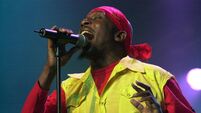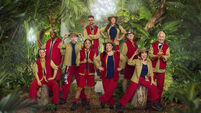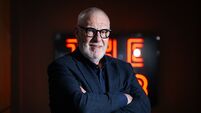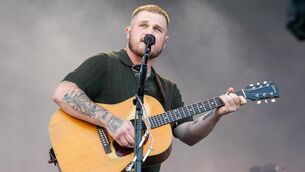Diarmuid Ó Drisceoil on travelling along the Blackwater for a new TG4 series
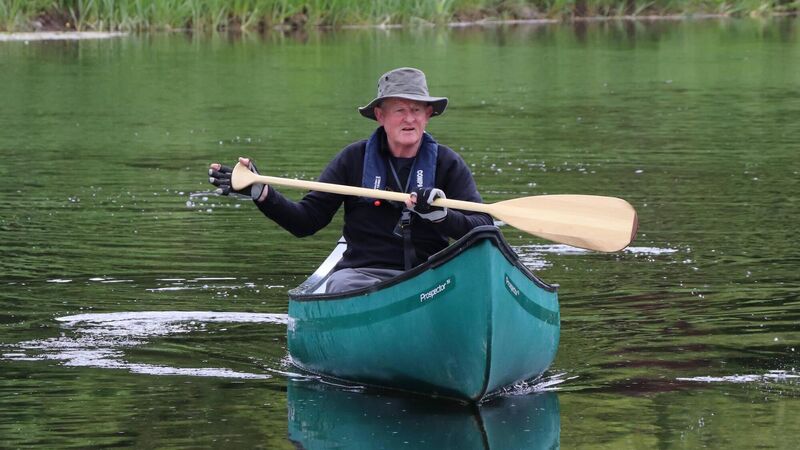
Diarmuid Ó Drisceoil presents Cois Móire, about the River Blackwater, on TG4.
A river runs through it, flowing through Munster for more than a hundred miles along the spine of the province, from west to east, rising in Kerry’s Mullaghareirk mountains, winding through counties Cork and Waterford, until it enters the sea at Youghal. Its name is the River Blackwater, but the ancient geographer Ptolemy called it Daurona and its original name comes from an old Celtic goddess, Mór.
Cormorant Films commissioned writer and historian Diarmuid Ó Drisceoil to paddle down the Blackwater in his canoe, using a 58-year-old travel book by Annroai Ó Liatháin as a guide, to discover the hidden treasures along the river. His journey, which is captured in a four-part documentary series on TG4, takes its title, Cois Móire, from Ó Liatháin’s book.
“The River Blackwater for the first section borders Cork and Kerry, down as far as Rathmore,” says Ó Drisceoil, best known as the co-author of books on the history of the English Market in Cork, Beamish & Crawford brewery, etc.
“It runs east and becomes the border between Cork and Waterford. At times, it's a boundary between baronies, parishes, townlands, regions. In a way, you’re nowhere when you're on the river because you’re actually on the border all the time. You're unseen traveling along because you're in neither place, but you're aware of both. It’s a nice feeling.”
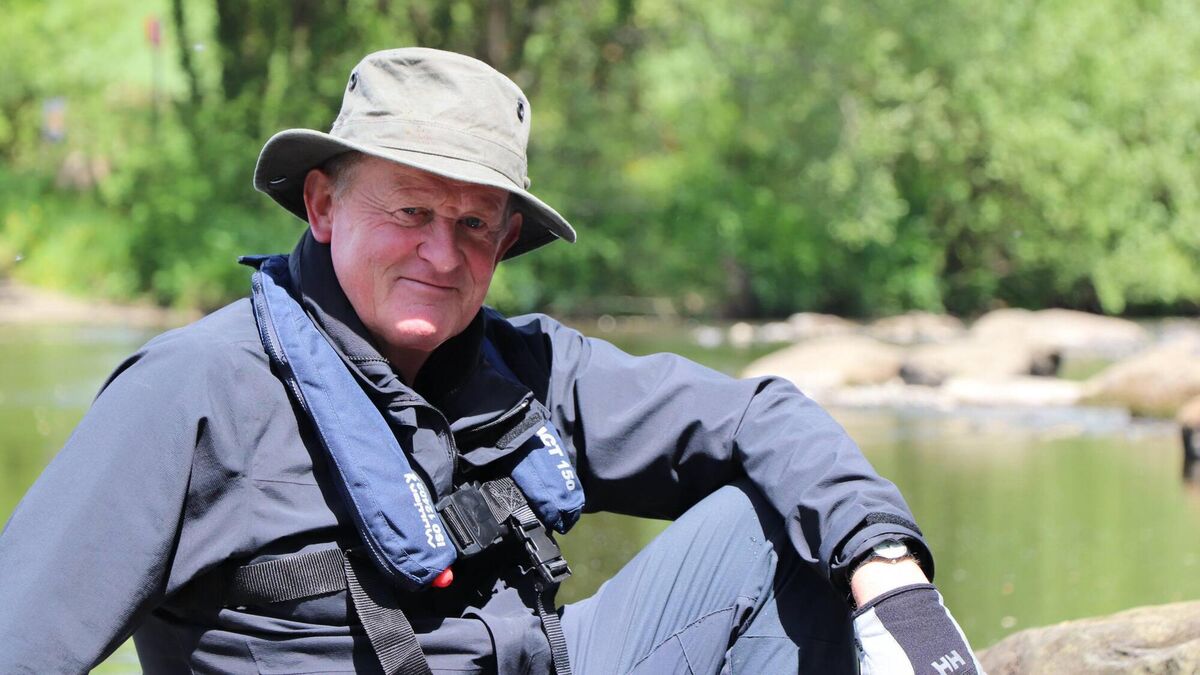
Ó Liatháin was a writer, Irish speaker, patriot and civil servant. He lived in Dublin, but was born in Youghal. The Blackwater was always a spiritual source for him, as he was a keen fisherman. He made his journey along the Blackwater in 1959 and published his travel book five years later. He’s an interesting companion for Ó Drisceoil, who describes him as “a poet of the people” in the travel series, which diverts in one detail from Ó Liatháin’s original expedition in that Ó Liatháin trekked on foot. Going by water gave Ó Drisceoil a different perspective. Often his only viewpoint was the river ahead and the skies above him.
“When you're walking, you cannot always walk along the banks of the river because of private ownership,” says Ó Drisceoil. “It could be half a mile from the nearest road, whereas the canoe added a bit of adventure and more visual interest. When you're looking at a river from a bridge or the bank, you get a good span of it, but when you're in the canoe your eyes are only maybe three feet above the surface of the water. You’re in a linear world. It was truly amazing.
“It fed my soul and my heart – looking around where the river is narrow and then it gets wider, but nearly all the way along you just have the water, trees on each side and the sky. You don't see houses because you're too low. You might see a horse looking over a fence at you or a cow or a distant hill, but your perspective on the world is pulled in tightly. I found that interesting.”
The Blackwater and its hinterland is renowned for many things: over 20 majestic castles, including Blackwater Castle where Michael Jackson stayed, are built on its banks. It passes beside Mallow Racecourse; Dr Patrick O’Callaghan, the only Irish person to win two Olympic gold medals trained at the local athletics club in Banteer; Nano Nagle, pioneer of Irish Catholic education for girls in the eighteenth century, was born in Ballygriffin; Richard Hennessy, founder of the famous Hennessy cognac brand, was also born nearby.
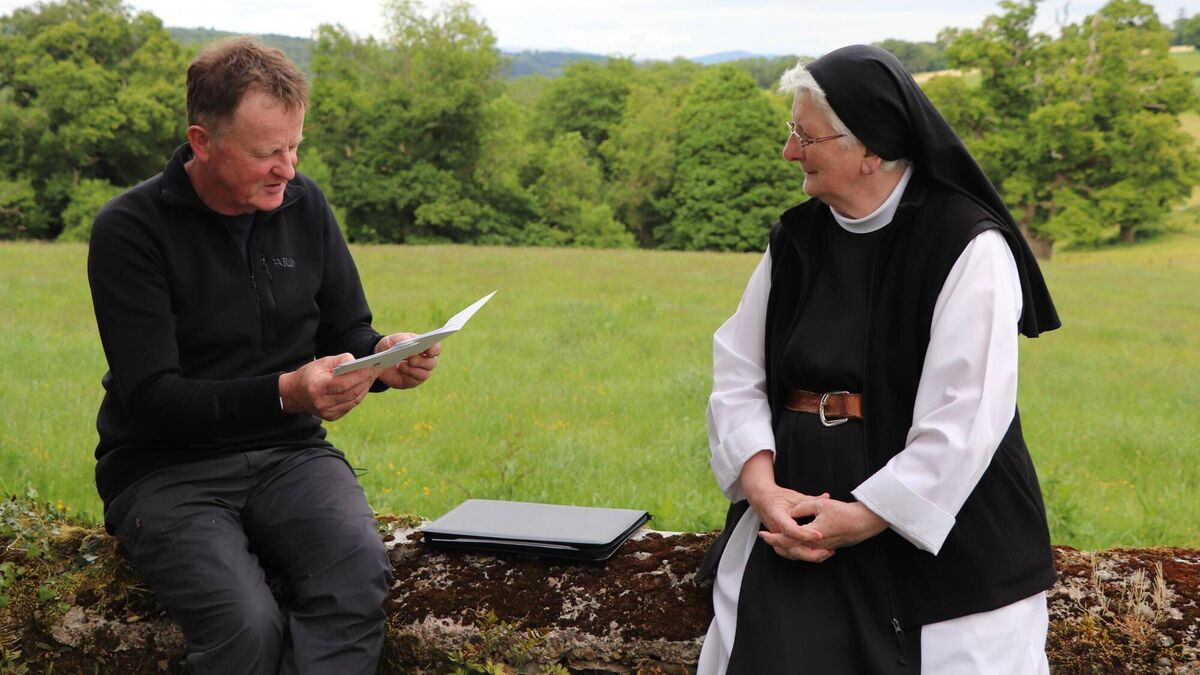
The river is also famous for its spectacular white cliffs of Bridgetown and for its fishing, as it’s one of the best salmon fishing rivers in Ireland, although its salmon stocks have fallen significantly in recent times. The inability to fish large chunks of the river annoyed Ó Liatháin over half a century ago, and it is still a contentious subject.
“As I understand it, from Keale Bridge in Co Cork to the sea all the fishing rights are owned privately,” says Ó Drisceoil. “Sometimes it's the farmer whose land adjoins the river; sometimes it's somebody like the Duke of Devonshire of Lismore Castle who owns the fishing rights; sometimes there are groups of people who buy up fishing rights and sections of the river so they can sell a day’s fishing to tourists.
“Some people would think why should somebody have the rights to fish in a river. The Brehon Laws, the ancient laws of Ireland, apparently said: ‘The fish of the sea, the birds of the air and the deer on the mountain belong to everybody. Take what you want and
leave for the other person.’ Annroai Ó Liatháin believed they’re the laws we should still have in relation to fishing and hunting.
“It's complicated. People get agitated. It can be argued that it’s good because it controls fishing from a conservation perspective. On the other hand, some people say, ‘How come a foreign duke can own the rights to fishing on my river because of something that happened back in the eighteenth century?’”
- Cois Móire is on TG4, Wednesdays, 9.30pm
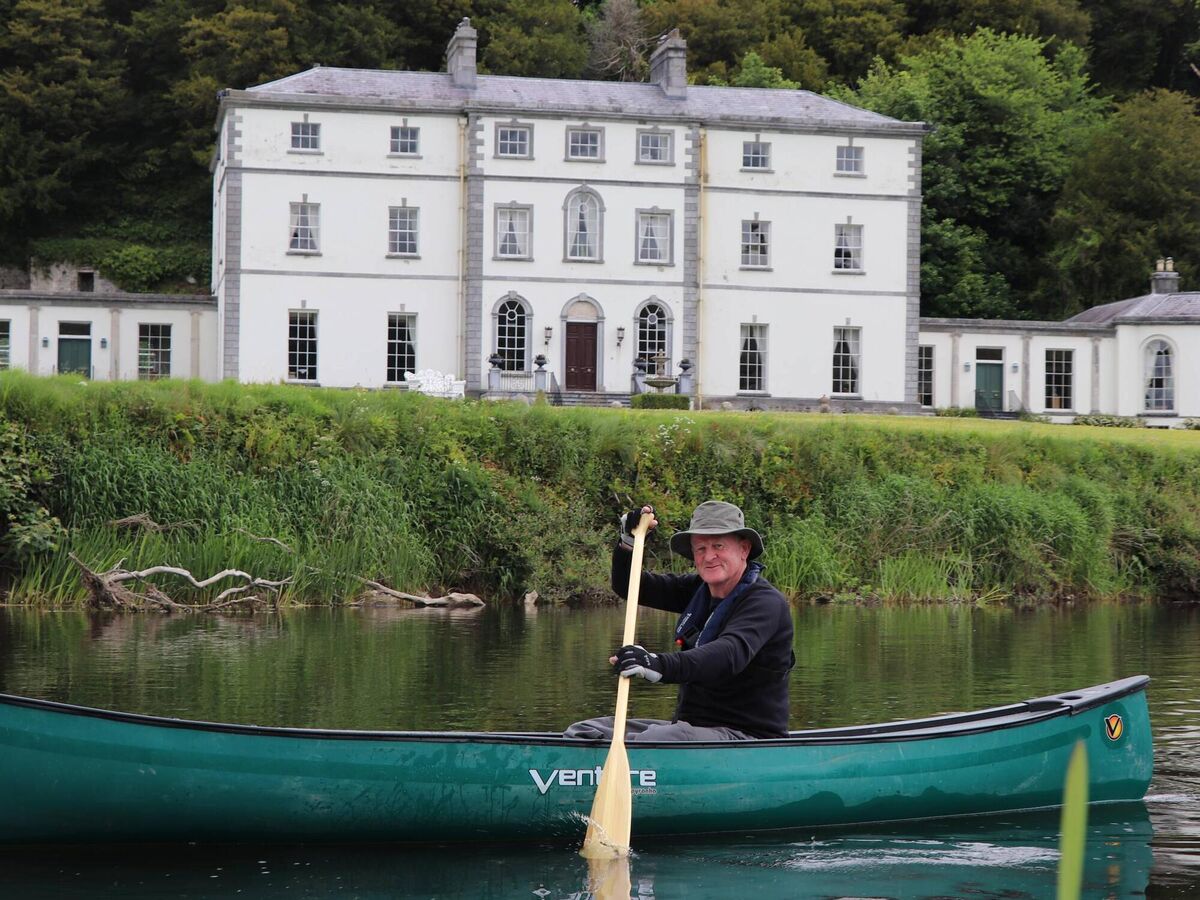
1."I loved managing to paddle down the Blackwater in a Canadian-style canoe. It was a great opportunity. I would never have thought of doing such a thing."
2."Engaging with the variety of people by the banks of the river. I had everyone from the Big House people – like Cappoquin House, with their beautiful extensive gardens and portraits going back to the sixteenth century – to more humble farmers. In the end, they all love the same thing – the river."
3."We hear a lot about rural decline, but what struck me was the vibrancy and life and energy that I came across. Banteer, for example, was memorable. It’s close to Mallow. It has a population of 800 with a childcare service unit of 220 kids. Maybe 30 people working there. The kids were having a ball. They do their work inside, but outside they’d flying around on bikes and little “tractors”. I was smiling the whole morning I was there. This is all hidden in a tiny village. Yes, maybe the pubs are closing there's other life there too."
4. "Ireland’s history is written along the river. Near Fermoy, I visited Labbacallee, a megalithic tomb dating from 2,300 BC. I visited castles from the Norman period. Battles were fought all along the river, including ambushes in the War of independence. Mallow was a spa town like Bath in England – people came there to take the waters. Fermoy grew because of the British military. By the time you get to Youghal, you have learned about all the eras of Irish history."
5."After a year of filming along the river, I felt I changed. I look at things differently. I got a great sense of life’s continuity. I spoke to Johnny McCarthy on the river near its source. He told me about the river influences traditional music. He said the music of Sliabh Luachra has this back beat – it's continuous. Sometimes in Irish music, when a tune comes to the end, there’s a bang and it stops. In Sliabh Luachra music, it goes on. It's like the river. We're all visiting the world while we’re here, but it goes on when you're gone."


